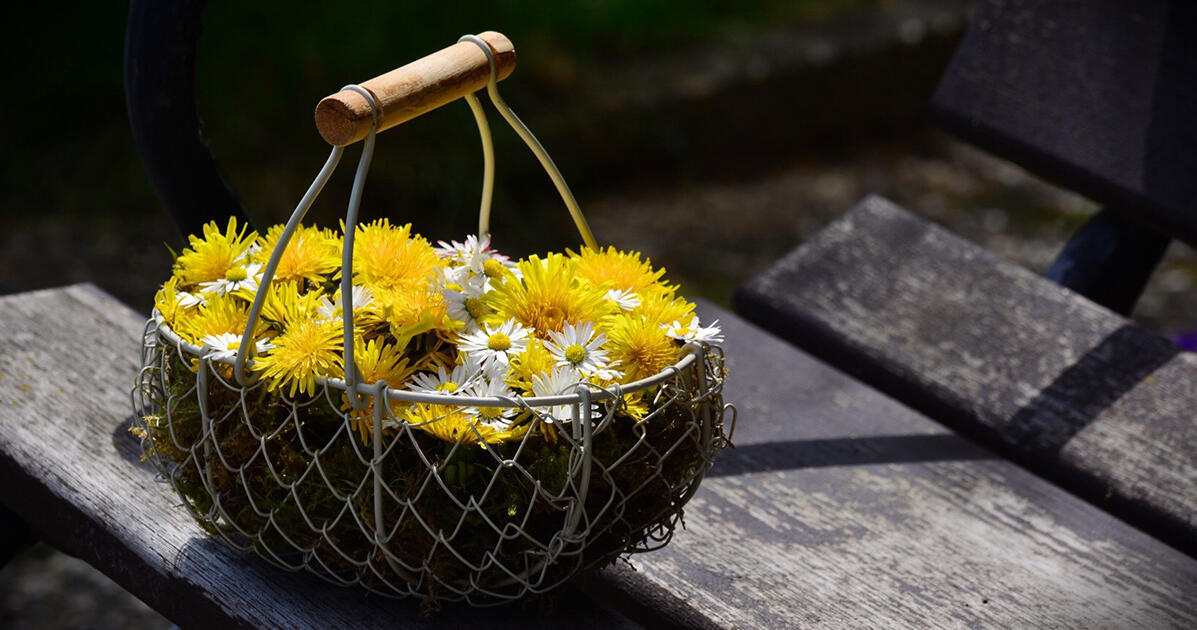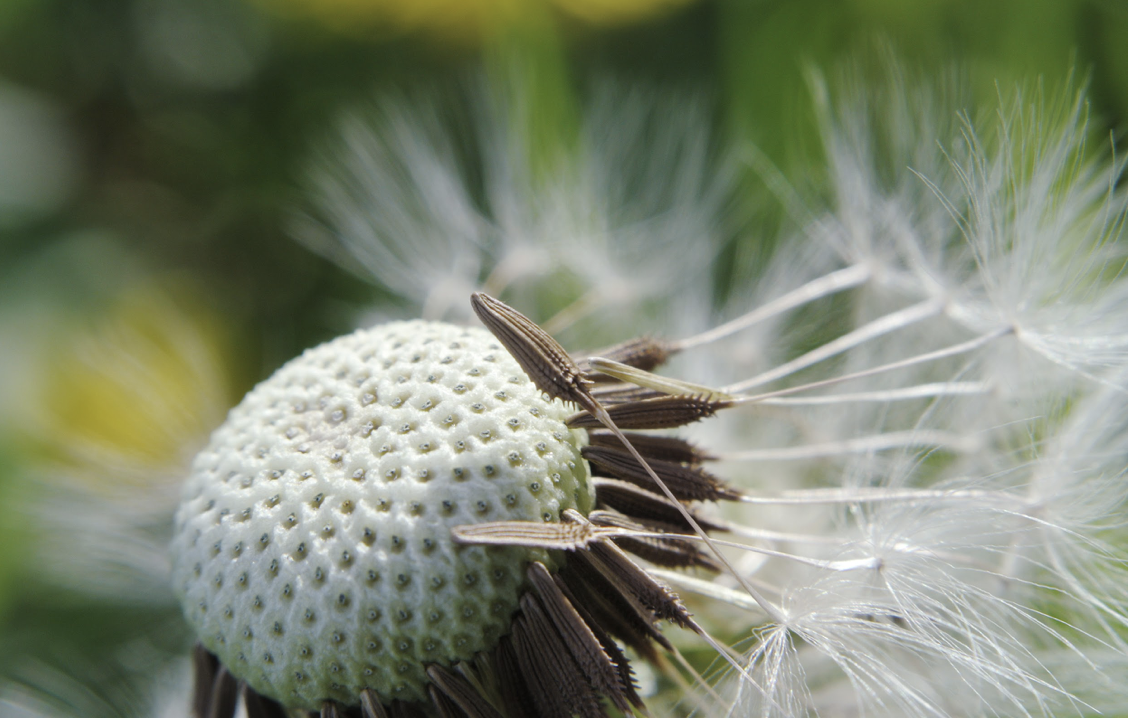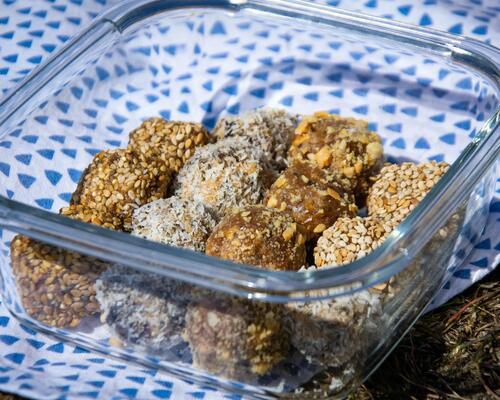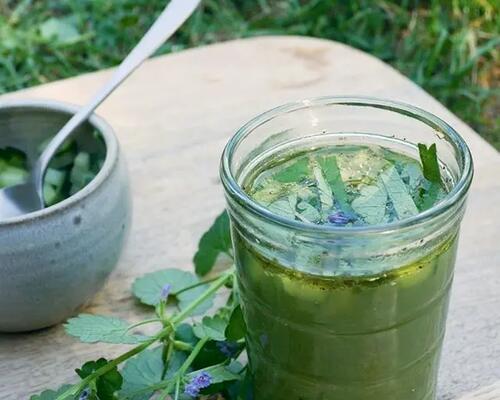1/ A little bit of latin!
The dandelion (Taraxacum sp.) belongs to the Asteraceae family.It is a perennial plant, 10 to 40 cm tall, which has many subspecies.
Its leaves are arranged in a rosette in the shape of lion's teeth (hence one of their scientific name dens-leonis). Not to be mistaken, the leaves have little or no hair and, when broken, release a white milk called latex. On the underside of the leaf, the midrib is rounded.
Its inflorescences consist of a hundred yellow flowers very tightly packed next to each other.
As for its fruits, they are surmounted by a bundle of hairs which allows the dispersal of seeds by the wind.







